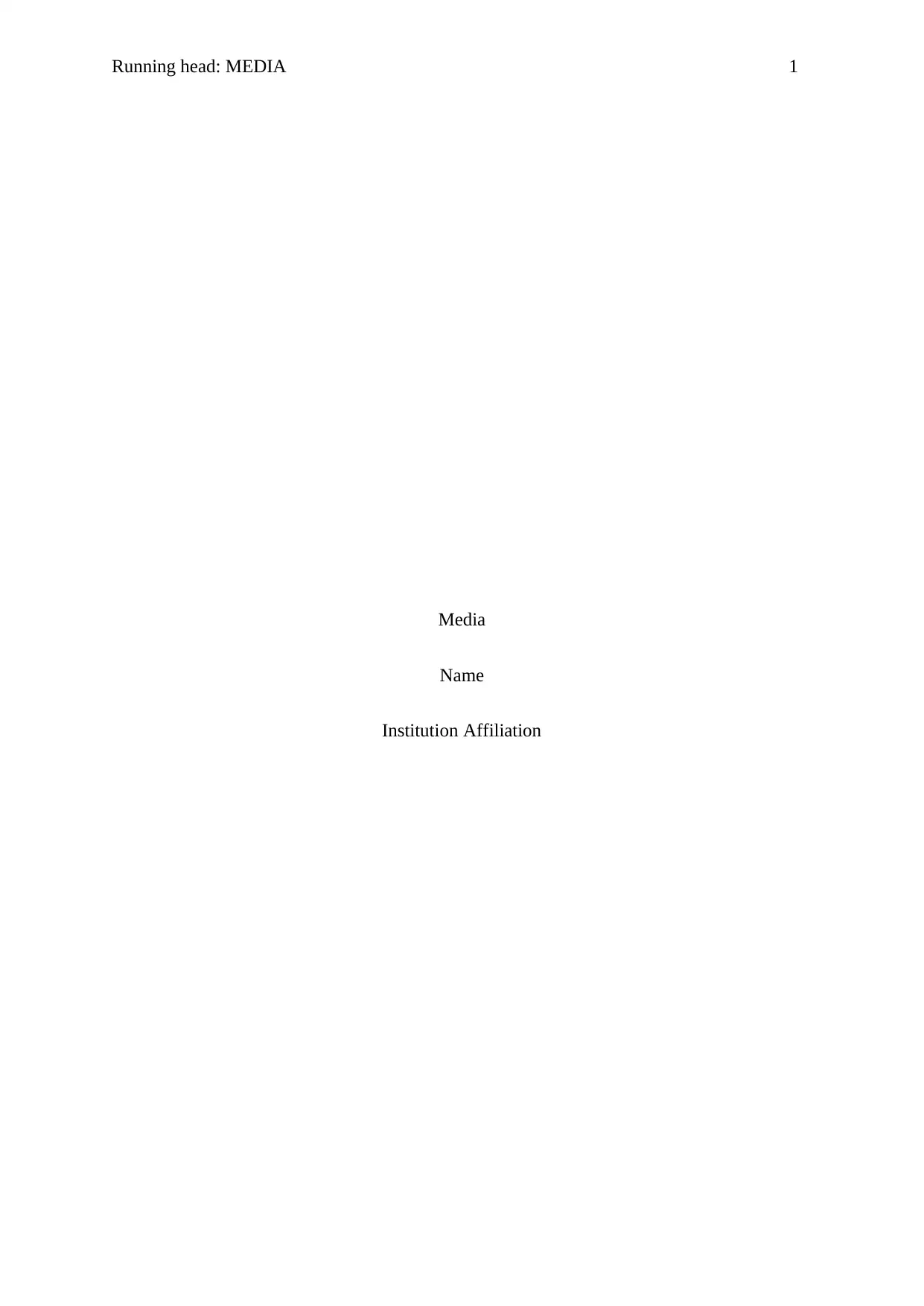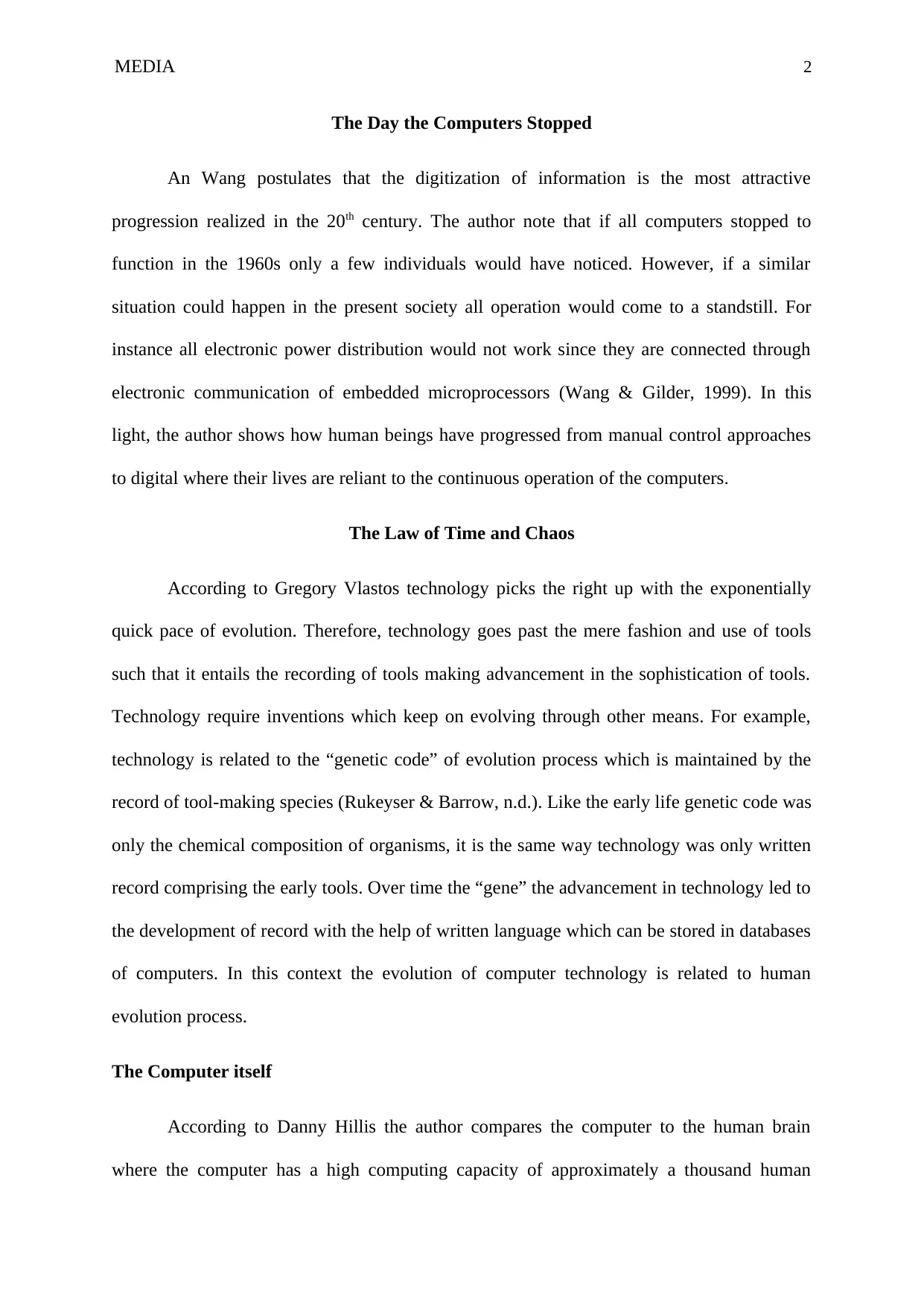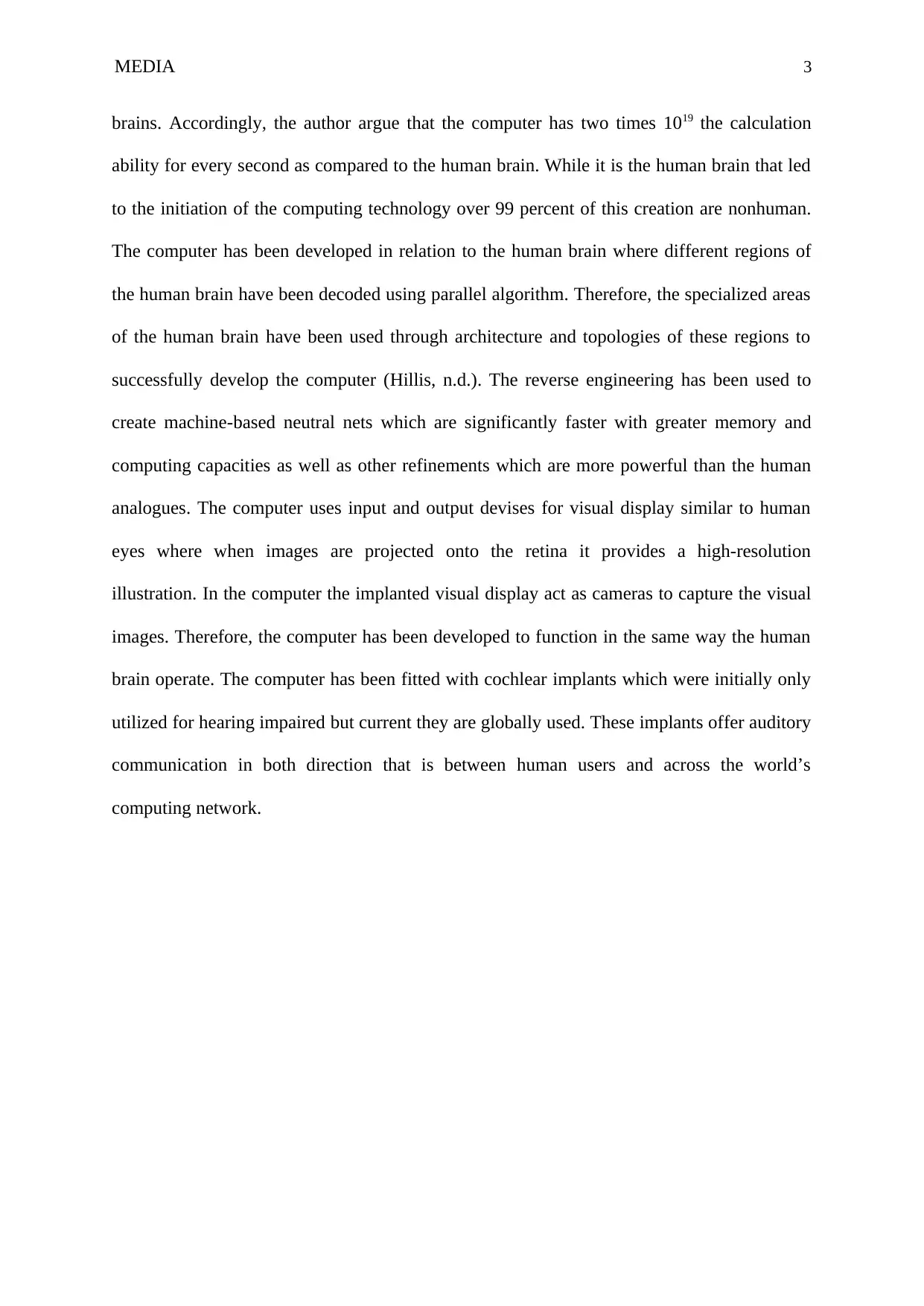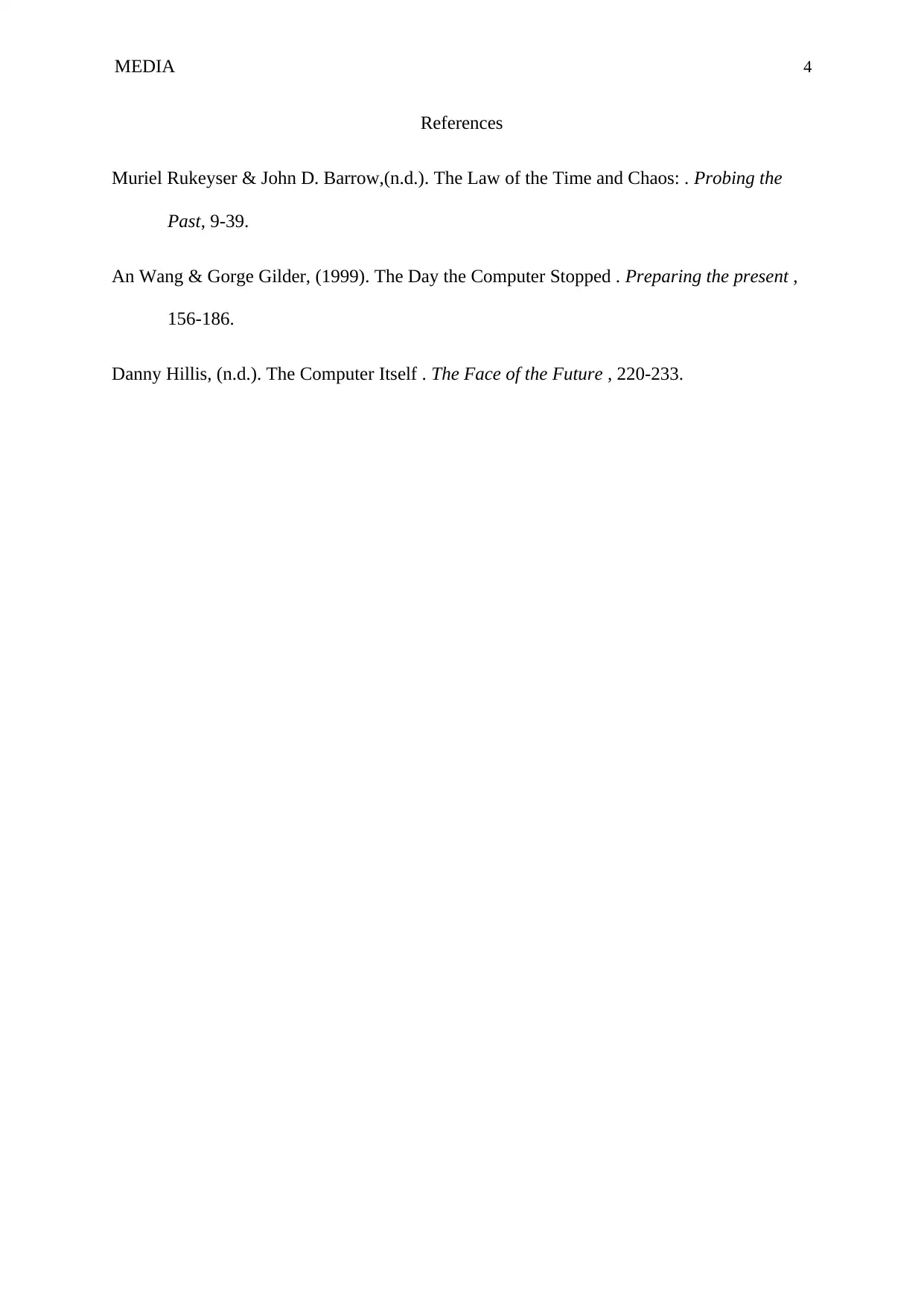Media Essay: Tracing the Development of Computer Technology
VerifiedAdded on 2023/05/28
|4
|653
|221
Essay
AI Summary
This essay explores the evolution of computer technology, starting with An Wang's observation on the increasing reliance on computers in modern society. It delves into Gregory Vlastos's perspective on technology's rapid evolution, comparing it to the 'genetic code' of human advancement, particularly in tool-making. The essay further discusses Danny Hillis's comparison of the computer to the human brain, highlighting the computer's immense computing capacity and the reverse engineering used to develop machine-based neural nets. It also touches on the integration of input/output devices in computers, mirroring human senses like vision and hearing, with examples such as implanted visual displays and cochlear implants. The essay references key works by Wang, Gilder, Vlastos, Rukeyser, Barrow and Hillis, providing a comprehensive overview of computer technology's development and its parallels with human capabilities.
1 out of 4







![[object Object]](/_next/static/media/star-bottom.7253800d.svg)